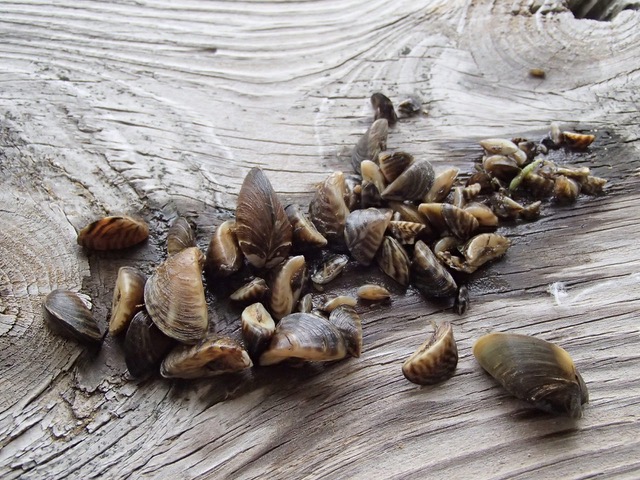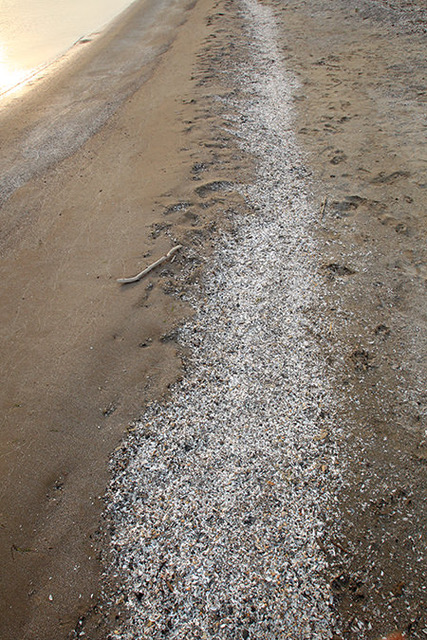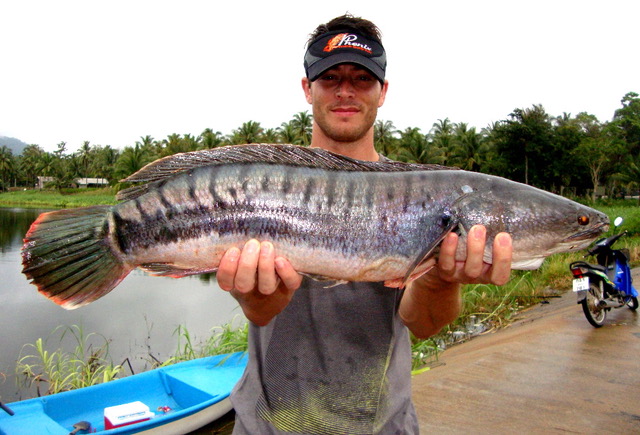THE LAST SCHOONER ON THE GREAT LAKES
THE SCHOONER LYMAN M. DAVIS ON A GRAND DAY (Named after her builder
in Muskegon, Michigan…launched on Lake Michigan, 1873
” her old captain died last week—Capt. John Alexander McCullough of Napanee, aged 66. He was trotting to his first schoolhouse, six years old, when J.P. Arnold built the Lyman M. Davis at Muskegon. She was an “old timer” when Capt. McCullough bought her from Graham Brothers of Kincardine, 18 years ago. They had had her in the Lake Huron lumber trade for years, after purchasing her from American owners. Capt. McCullough gave her a very thorough overhaul before bringing her to Lake Ontario. He sold her after some seasons, to her Kingston owner Capt. Daryaw.” (Toronto Telegram, Sept. 13, 1933)
The D. Freeman Schooner From Port Hope, Ontario, aground near Oswego, New York…seems to have the flat
bottom of the stonehookers. Old schooners like this became stonehookers. No date
for photo. The Lyman M. Davis got grounded much like this in 1922 but was rescued, repaired
and put back in the business of hauling coal.
WHICH IS BETTER…FIRE OR ROT? Which would you remember best? An historic fire…all consuming?
Or a wooden monument prone to slow decay?
“If we set the Lyman M. Davis on fire to entertain the people of Toronto, it will never be forgotten…and it will
always be present. If we let it rot in some forgotten lakeport like Port Hope, Port Credit or Oakville, no one
will remember the ship. So make your choice…set it ablaze or let it rot”
That was the choice. Fire…out in a blaze of glory, then sunk in a watery graveyard. Or rot…and end up as
a pile of powdery dust on some forgotten shoreline.
The choice was fire. And on the dark night of Seplt .19, 1934, a tug boat hauled the Lemon M. Davis from
Toronto harbour to a spot in Lake Ontario just a short distance from Sunnyside Beach. Midnight. The ship
was anchored and the tug boat powered off some distance to watch the death of the Lyman M. Davis.
On shore was a great crowd…some estimate at 50,000 people sitting and standing. Gazing out into
the gloom of Lake Ontario. Darkness reigned but not for long. The strangest entertainment of the
Great Depression was about to unfold. The Lyman M. Davis bobbed gracefully in the darkness.
There had been protests…lots of them. Canadians who romanticized over the days when
the Great Lakes teemed with schooners had a nostalgic appeal. Why set the last
commercial schooner on the Great Lakes on fire just for a brief moment of entertainment.
Shouldn’t something be done to honour the last schooner on the Great Lakes?
The owner. The owner was willing to sell the Lyman M. Davis to any serious collector…or
a naval museum…or even a businessman who wanted to ship coal to Oswego, New York. That’s
what this grand old schooner had been doing. Loads and loads black dusty coal. How the
mighty had fallen? Just a coal barge with a keel and sails. The ship was in perfect shape when
its time was up. And thousands waited to see it burn.
The schooner had been built in 1873 in Muskegon, Michigan, where it was fondly remembered even
as late at 1934 when it was to become a burning spectacle. 61 years at work. A record. But nothing
lasts forever. A few years ago while interviewing marine historian Lorne Joyce he made a
comment underscoring this sad fact. His dad, a commercial fisherman from Port Credit, Ontario
had cancer and died in 1928, On his death bed he told his wife “sell the fish boats as soon
as you can after I am gone. They are made of wood and wood does not last very long.” She did.
William Brinin was the las owner of the Lyman M. Davis, wanted to buy the boat back
but could not afford the price. Some believed he died of a broken heart,
“She had been loaded with dry wood and “tinder-like crates” and soaked with eight barrels of coal oil; her deck and rigging had been outfitted with “powerful bombs and rockets.” A tug towed her away from shore and at midnight she was set ablaze while a crowd of thousands looked on. The local newspaper described the destruction: “As the fire burned into her vitals, the bombs and rockets were ignited. The explosions fanned out in great sheets of flames and sparks and out from the burning ship rockets rose high and cut into the blackness of the upper sky.” Before she even burned to the waterline, the Lyman M. Davis was towed to deeper water; dynamite blew a hole in her hull and she dropped to the bottom. She was the last commercial schooner in commission on the Great Lakes. (From Tall Ships on Lake Superior)
Schooner Lyman M. Davis…last true sailing vessel on Great Lakes…purposely destroyed
in 1934. …burned off Sunnyside Beach in 1934
as entertainment. The wreck lies in Humber Bay festooned with zebra mussels.
BEFORE THE SHIP WAS BURNED: INTERVIEW WITH MR. GOUDY, MANAGER OF ATTRACTIONS AT SUNNYSIDE BEACH, TORONTO, SEPT. 1933
(Source: Toronto Telegram -Schooner Days -Snider)
and what I say is strictly my own personal opinion, But every expression I have seen so far is on one side, and it might appear that there is no other side to this affair,” stated D.M. Goudy, manager of attractions, Sunnyside Beach.
“It is no insignificant decision that the owners of the “Lyman M. Davis” are being asked to make when they are asked to refrain from burning the boat. To proceed with the fire means a crowd of much greater than holiday proportions at the beach. Take a look at past experience, The first experiment with this boat burning stunt as made on July 1, 1927, when the “Barbara L.” an old 75-foot yacht, was burned. That night the police estimated there were 75,000 people at the beach, and there were still a large number around at 5 o’clock in the morning.
In 1929 we burned the “John Hanlan” and “Jasmine” two old ferries. The police said that the Hanlan drew over 50,000 and two weeks later the police inspector said that, including the crowds, stretched along the beach out to Etobicoke, up on the King street bank, the Dowling avenue bridge, in High Park tree tops, on the two Canada Steamship Lines ships that were filled and even far away as the Island and Grimsby Beach, there were between 100 and 150 thousand people witnessing the fire. At Sunnyside the place was packed. If any other spectacle has ever drawn crowds like that in Canada, I do not know anything of it.
“In 1930 we burned the old ferry “Clarke Brothers,” and in 1931 it was the second last sailing vessel, the ‘Julia B. Merrill.’ Each of these brought the same huge crowds.
“Incidentally, at that time the newspapers drew public attention to the fact that the “Merrill” was the second last schooner remaining, and that the ‘Lyman M. Davis’ was at Kingston; From the storm of protest against burning the “Merrill” I thought that some effort would be made to save the ‘Davis’ before it got into our hands, but nobody else seemed to think about that. I was somewhat surprised this summer to find that the Davis was available at a price that we could pay for her.
“The ‘Davis’, if burned, will make one of the biggest nights, if not the biggest, that Sunnyside Beach has ever had, particularly if the fire is held as a big one-night celebration as part of the city’s centennial. The more sentiment there is attached to a boat, the greater the crowd that turns our to see her finish. In this respect it is apparent that it will be impossible to get another boat with as much public regard as the “Davis. Her value as a burning spectacle exceeds any other boat that can be secured.
“It is purely a business proposition for Sunnyside Beach. This talk of vandalism is silly. The men who are responsible take no more pleasure out of destroying an article of sentimental value than anyone else. They are even sentimental themselves, and I have often heard my principals say that they hated to see these old boats disappear. I hate to myself, and if it were possible to do so without suffering a loss, I would like to see the “Lyman M. Davis” preserved. My experience with ships is limited to cross-the-lake pleasure boats and troop ships, but I have been an enthusiastic reader of sea stories, and I can sense the feeling of a soul about a ship, where men have lived and laughed and struggled and feared. One has only to visit the Davis to feel the atmosphere of lingering memories of other years.
“There is another angle also, as was often expressed when we were about to burn “Julia B. Merrill.”
People said. Isn’t it just as well to see these grand old-timers go out in a blaze of glory with thousand of people present to pay them homage, as to let them rot on some beach, uncared for and unwatched? At one time there was a custom of shooting a general’s horse at the graveside when the soldier was buried. This is the same idea.
The Lyman M. Davis would have been burned this year had it not been for Mayor Stewart’s intervention. Whether she shall burn next year or be held as a relic of the canvas era on the lake is up to the associated interests at Sunnyside Bach. Personally, I think she makes a wonderful addition to the beach as she rides at her mooring there, but the powers that be must decide whether sentiment is worth more than the actual financial reward.
![sunnyside]()
1843784937.rsc.cdn77.org/wp-content/uploads/2014/10/sunnyside–300×223.jpg 300w” sizes=”(max-width: 600px) 100vw, 600px” apple-inline=”yes” id=”91A07971-58D5-432F-AEB6-AC4FE52AA113″ src=”http://alanskeoch.ca/wp-content/uploads/2021/04/sunnyside-.jpg”>
WHAT CORRESPONDENTS URGE
BURNING INDIGNATION
Sir,-I want to add my warm protest to the plan of burning of the Lyman M. Davis. Surely it won’t be carried out. One of the most interesting exhibits of the Fair, to many, is the collection of “Old-Time Farm Implements” in the Coliseum, and the Lyman M. Davis would add a most attractive item to the relics of bygone days. Trusting your efforts in its behalf may be successful.
Yours truly
A.S.E.
_______
CLARKSON CALLs
Sir,-Kindly accept this as my appeal for the preservation of this ship for exhibition purposes. I read in one of your editions of last week a very interesting account of the history of the ship, and I certainly deem it a sacrilege to burn a vessel of this type on the Great Lakes to make a Roman holiday
Sincerely yours
J.B. Biddle
Clarkson, Ont.
_______
BONFIRE SUBSTITUTE
Sir- as one of the many interested readers of Schooner Days column. I have given thought and done some planning re saving the Lyman M. Davis. Made a shank’s-mare cruise along the waterfront as a start. In my cruise along the waterfront three ideal locations showed for Col. Alley’s ideas. One location is close to the Navy League, the other two extreme east and west boundaries of Exhibition grounds. These are in a way unfinished spots in the vast shoreline improvements, and permit space for placing this schooner, without narrowing the width of line of channel behind the seawall, now much used and enjoyed by all aquatic sports and pleasure-seekers.
My knowledge of the commodore of the Sunnyside amusement fleet permits me to see it no easy task for the champion of silver-tongued coaxers to persuade him to give up a set rule, “Carry out as advertised: never disappoint the public.” I have an alternative to offer, which I have confidence can save this schooner with the three link emblem. I have formulated plans for a burning “in effigy” that will give a more spectacular illuminating blaze than any burning yet presented at Sunnyside, and yet not destroy the schooner.
the season with a cruise to Oakville and I recall a real blaze kept up for hours, just by willing co-operation work, that probably accounted for some sore backs and muscles next day. There was no derrick on the job, but the way you could stand back and see big semi-rotten pier timbers up-ended and placed in position and stimulated by tar barrels was inspiring. By the way, this was in the last century. How would the muscular development of the present members compare with these old-timers?
There are few yacht clubs in the world the size of the R.C.Y.C, that have as small a number of power boats in its fleet. They have always been sailors, and none has a greater desire to see this schooner saved than the sailor yacht club members of Toronto. It might enthuse younger members to take an interest and show them progress and by inviting U.S.A. yachting clubs to come to Toronto and see them burn up the effigy of the last of their lake-built schooners. This done in effigy can be carried out at a cost less than value of this schooner, and getting U.S.A. interested would ass to the real objective of preserving her.
Art Kemp
348 Queen Street W.
_______
300 PER CENT AND THEN SOME
Sir- Congratulations on the stand you are taking to try and preserve the Lyman M. Davis. On sentimental grounds I am with you 100 per cent. As a fight against iconoclasm- and surely the firing of a fine vessel can be classed as the “breaking of an image” I am also with you 100 per cent. On purely material grounds, the saving the schooner for further use along educational lines (to which purpose she could be easily put) I am again with you 100 percent. All this may be poor mathematics, but at least shows genuine enthusiasm for a most admirable cause. May I add that, once you start your subscription list (as I hope you will) I promise my small aid.
Thanks for the opportunity
Tiffy-Bloke
_______
THANK YOU MR. ANDERSON
“Few of these old captain and the boats they commanded remain. Human life must end at death’s command, but a staunch old sailing boat may be preserved indefinitely as a memory and an example of water transportation a generation ago. Then why burn the Lyman Davis? Should it destruction by fire be proceeded with, not all who witness the scene will be entertained. There will be few so thoughtless as to enjoy the spectacle of this old vessel disappearing in flames and smoke, with its charred hull sinking below the waters it was wont to ride so proudly. The old Lyman Davis deserves a better fate. Don’t burn it at Sunnyside.:
The Globe
_______
ANOTHER
Sir-Please add my name to the protest of proposed burning of the Lyman M. Davis at Sunnyside.
A. C. Shayler
Birch Cliff
_______
“BE BRITISH” URGES WM. G.
Sir- I can vow that there would be many chaps at my young age that would like to sail on the Lyman M. Davis if she should be kept alive-a wonderful training. Take a look at the old ships in England like the Victory, Why can’t we be like them? We could say with pride that we have an old vessel too. Come on, be British, and be a sportsman. Don’t let the old schooner go to Davey Jones locker by burning in her old age. I’ll bet it makes many an old slat water sailor’s heart tighten up when they think of her burning. They’ll tell you. Even ask her mate who has worked on her.
Wm. G.
_______
RIGGER’S GOOD SUGGESTION
Tom Taylor, formerly chief petty officer R.N. and now head of the rigging and sailmaking firm of Tom Taylor and Co., writes:
As a child I was reared amidst sail craft, or seafaring ancestors, and since that have spent a life-time at sea on salt water. Since coming to Canada have been very interested in “Schooner Days” talks and pictures with history and fate of same, and each time I pass Sunnyside and see the Lyman M. Davis, lying there ready to make a spectacle for the fiend of destruction, it causes a lump to rise which needs a lot of swallowing.
I understand this grand old vessel has had a long career of usefulness and is almost the last of her kind to survive and it occurs to me a great sin to destroy her. Her useful days commercially may be over but now that she is so near to the C,N.E. grounds I think it would be far more fitting if she were taken into dock at the Exhibition and preserved as a relic.
The glories of the old sailing ship will still be written long after we are gone, but where will one have to turn to see what those glorious old vessels were like.
The old “Victory” of Nelson fame was moored in Portsmouth harbor for many many years, but of course they will not float forever and this has been realized by the British Admiralty, and today she rests in Portsmouth dockyard, having been taken into an old drydock, shored up and the dock filled in, where she is preserved forever and ever.
Why not put this old vessel into a similar berth at the Exhibition and fill in and build a nautical museum around her?
During Exhibition time her canvas could be set on one or two fine days to give the world an idea as to what sailing ships really looked like.
There are still enough sailors to fit her up, and keep her in shape, which would not be a very expensive proposition.
Yours for preservation
T.H. Taylor
Alan Skeoch
April 2021
Note: The burning schooners are not the Lyman M. Davis. There were tens of thousands that watched
the Davis burn but pictures seem not to exist.
WORTH REPEATING: THE FINAL HOUR OF THE LYMAN M. DAVIS










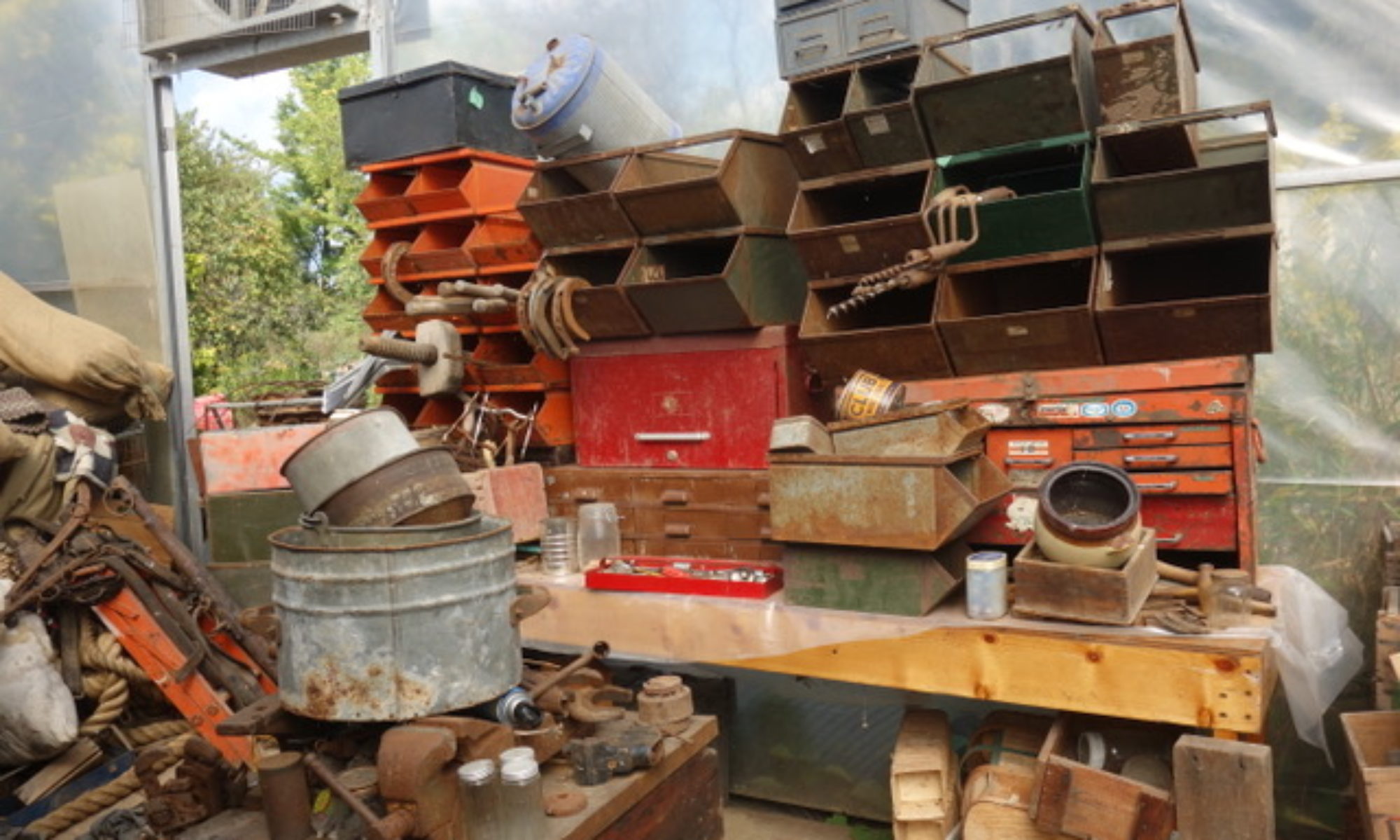

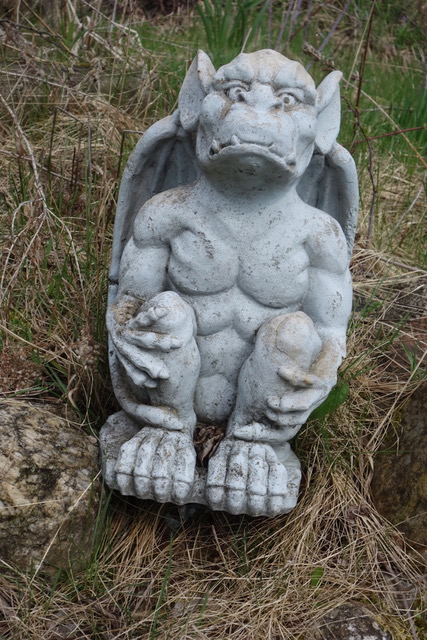


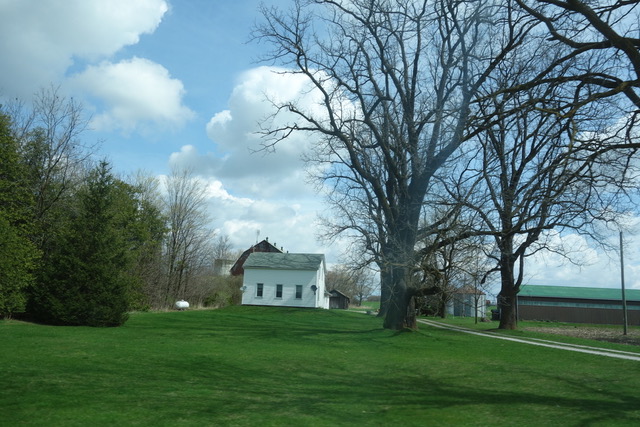

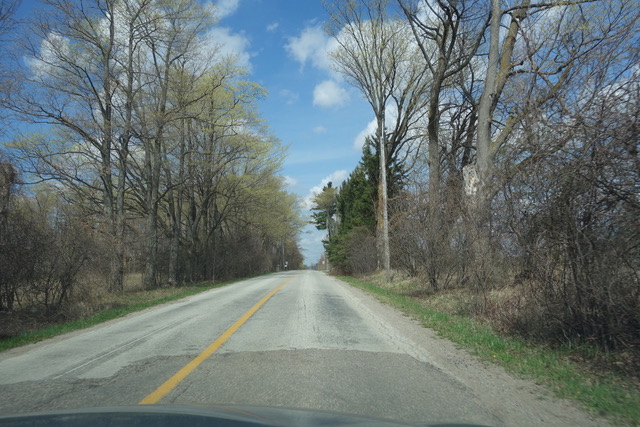

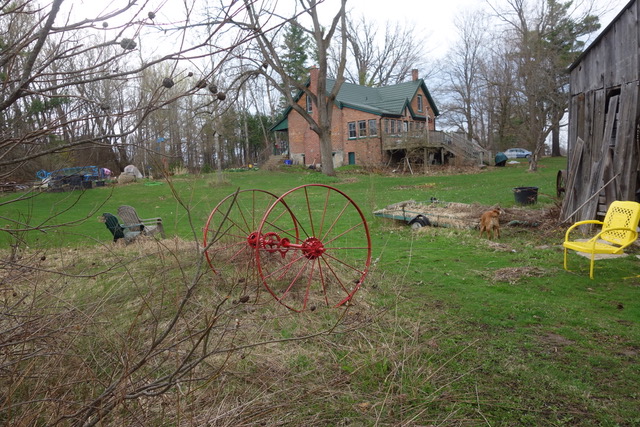
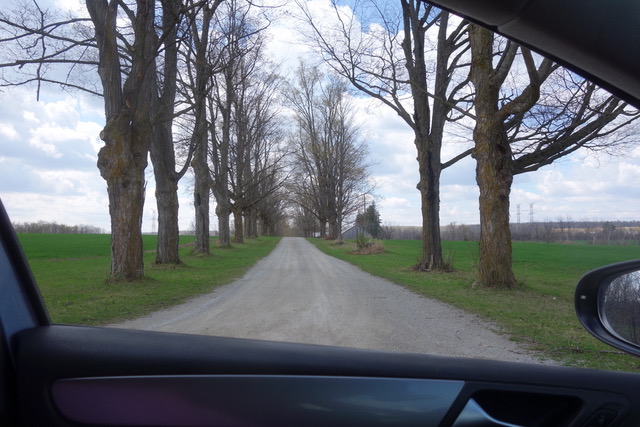


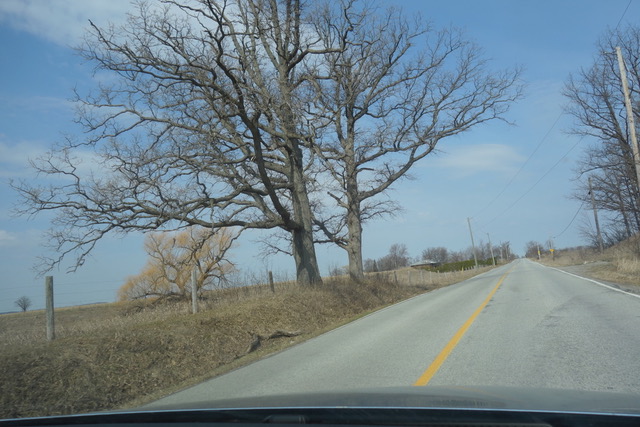

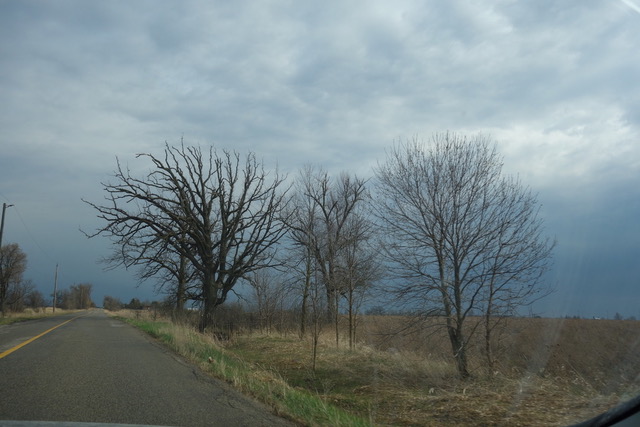




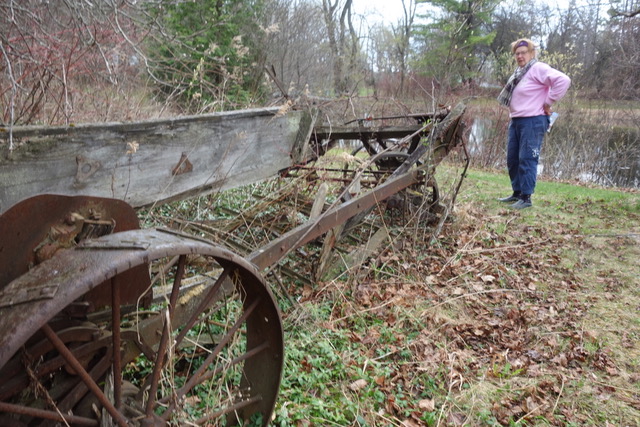
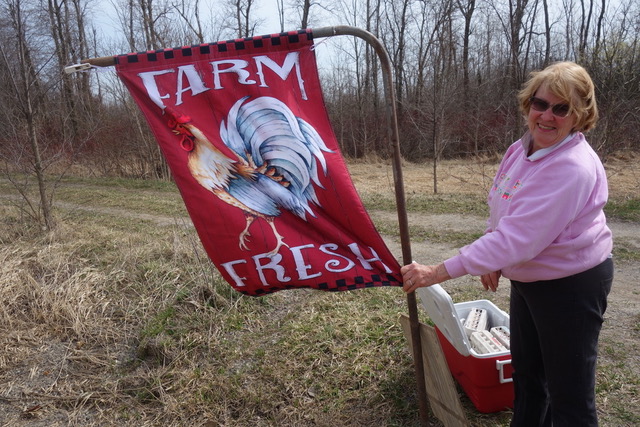


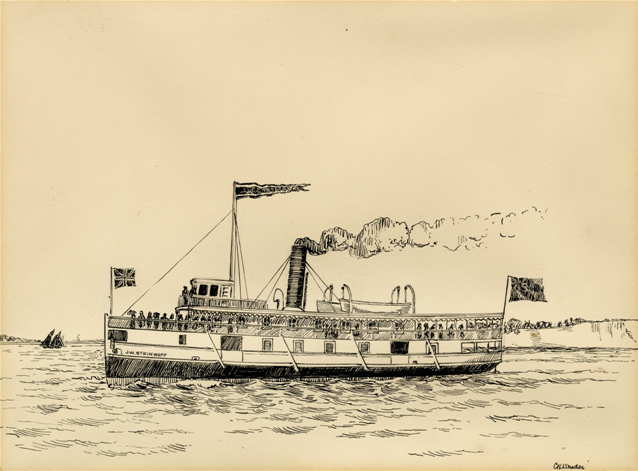
 zenithcity.com/wp-content/uploads/2017/04/LymanBDavis_GLVI-300×223.jpg 300w,
zenithcity.com/wp-content/uploads/2017/04/LymanBDavis_GLVI-300×223.jpg 300w, 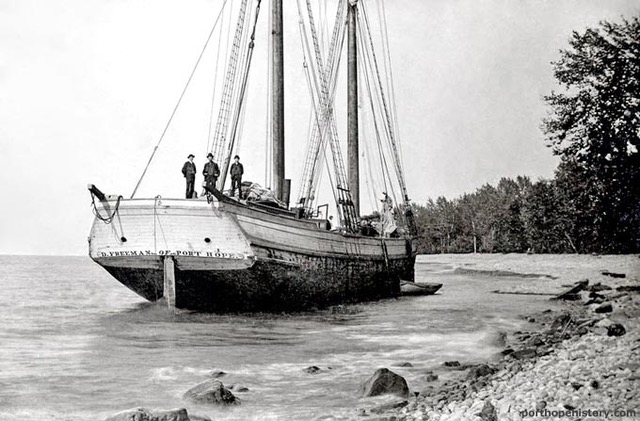
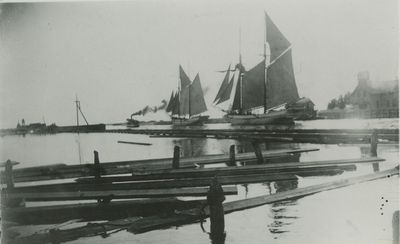

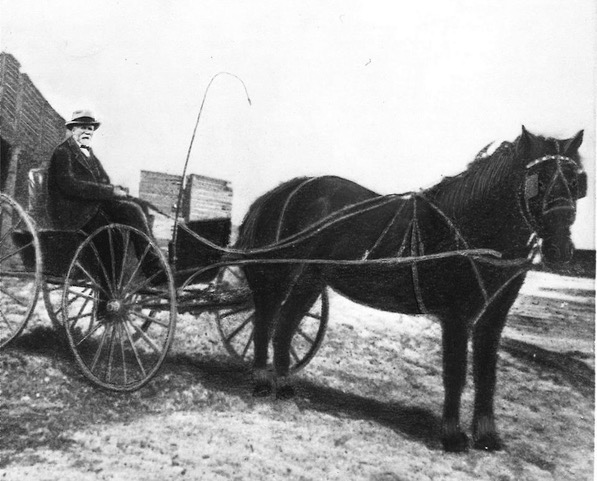
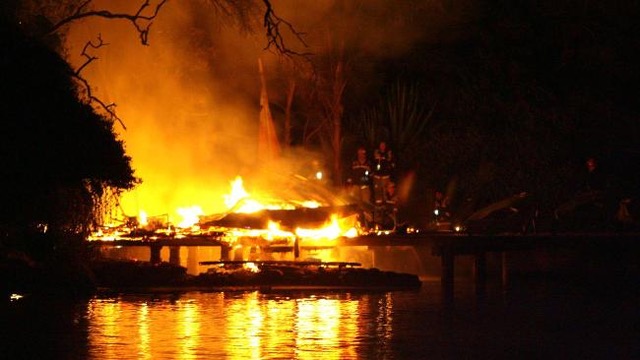
 1843784937.rsc.cdn77.org/wp-content/uploads/2014/10/sunnyside–300×223.jpg 300w” sizes=”(max-width: 600px) 100vw, 600px” apple-inline=”yes” id=”91A07971-58D5-432F-AEB6-AC4FE52AA113″ src=”http://alanskeoch.ca/wp-content/uploads/2021/04/sunnyside-.jpg”>
1843784937.rsc.cdn77.org/wp-content/uploads/2014/10/sunnyside–300×223.jpg 300w” sizes=”(max-width: 600px) 100vw, 600px” apple-inline=”yes” id=”91A07971-58D5-432F-AEB6-AC4FE52AA113″ src=”http://alanskeoch.ca/wp-content/uploads/2021/04/sunnyside-.jpg”>

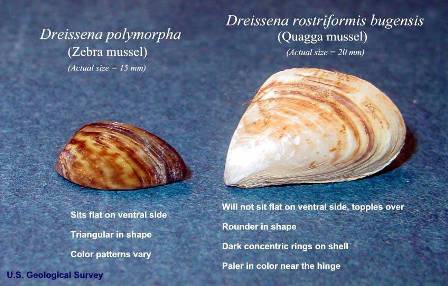
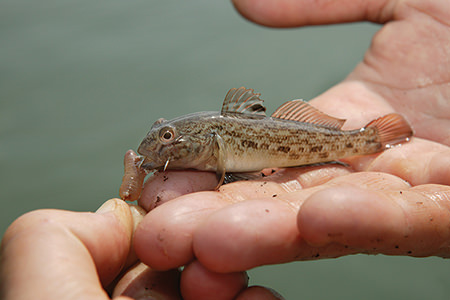 The invasive round goby may benefit Lake Erie as it eats invasive zebra and quagga mussels. However, the goby’s long-term effects within the food chain are unknown.
The invasive round goby may benefit Lake Erie as it eats invasive zebra and quagga mussels. However, the goby’s long-term effects within the food chain are unknown.